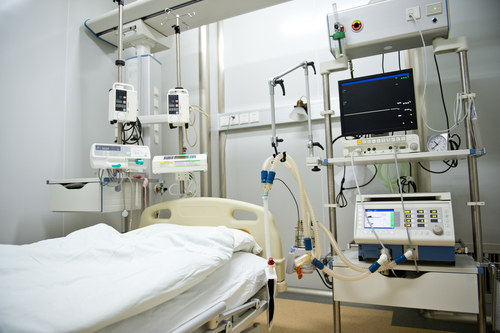Pulmonary Hypertension Can Complicate Treatment in the ICU

 When admitted to the intensive care unit (ICU), chances are high that the patient has an existing condition in addition to the affliction causing their admittance to the ICU. It is vital that these existing conditions be considered by clinicians when developing a course of treatment, as many times treatments can be negatively impacted by features of the existing condition. Patients with pulmonary arterial hypertension are of particular importance when making these decisions, as complications from treatment can lead to heart failure or death.
When admitted to the intensive care unit (ICU), chances are high that the patient has an existing condition in addition to the affliction causing their admittance to the ICU. It is vital that these existing conditions be considered by clinicians when developing a course of treatment, as many times treatments can be negatively impacted by features of the existing condition. Patients with pulmonary arterial hypertension are of particular importance when making these decisions, as complications from treatment can lead to heart failure or death.
[adrotate group=”4″]
Due to the importance of this issue, a number of guidelines have been developed throughout the years by articles such as “Management of Pulmonary Vasodilator Therapy in Patients with Pulmonary Arterial Hypertension During Critical Illness,” which was published recently in Critical Care. Clinicians must first understand that hypotension, renal failure, acute liver injury, and bacteremia can be present when administering medications or inserting catheters for treatment.
[adrotate group=”3″]
Another consideration is that patients can be admitted to an ICU that does not specialize in cardiac complications. “Arterial Pulmonary Hypertension in Noncardiac Intensive Care Unit” underscored not only how elevated pulmonary artery pressure complicates treatment in the ICU, but also how acute pulmonary hypertension can be diagnosed after patient admittance to the ICU, which is a disease largely distinct from chronic pulmonary hypertension. In these ICUs, the goal of treatment is to prevent right ventricular dysfunction from overload and to monitor hemodynamic changes following administration of pulmonary vasodilators, inotropic agents, and systemic arterial vasoconstrictors.
Hopefully, by using these guidelines, fewer complications will be experienced by pulmonary arterial hypertension patients admitted for new conditions in the ICU.







